SPARK CONVERSATIONS
Spilling the Tea with Agnes Husslein-Arco
By Mark Alexander Grübbeling
October 22, 2025
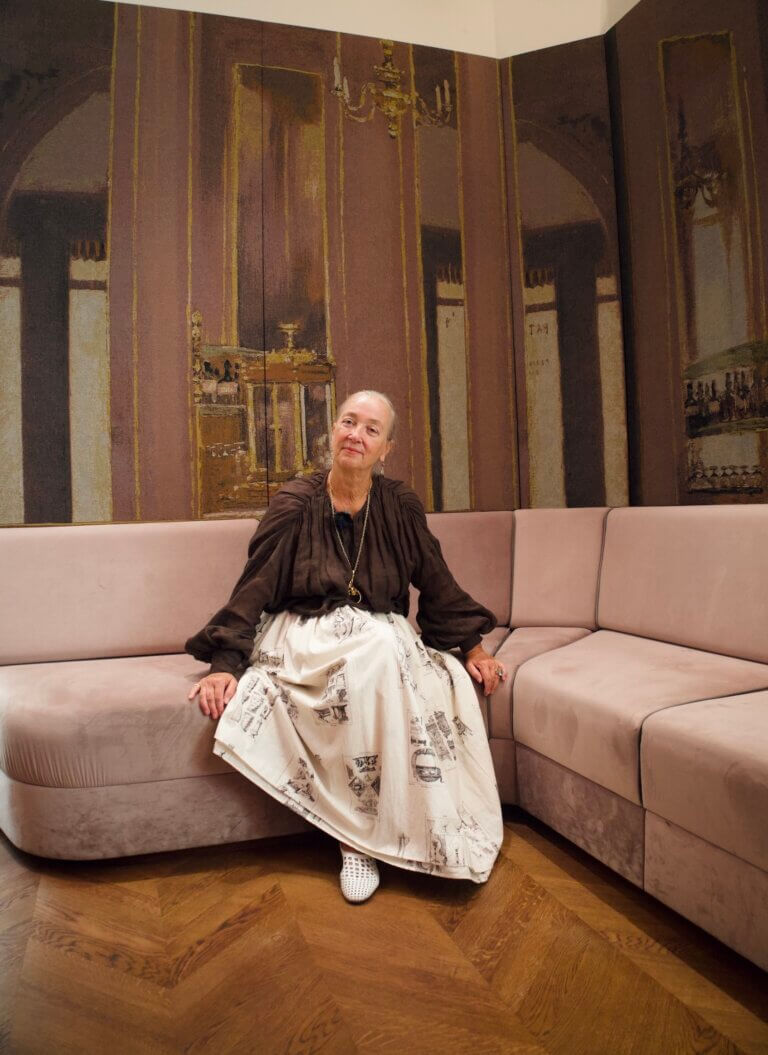
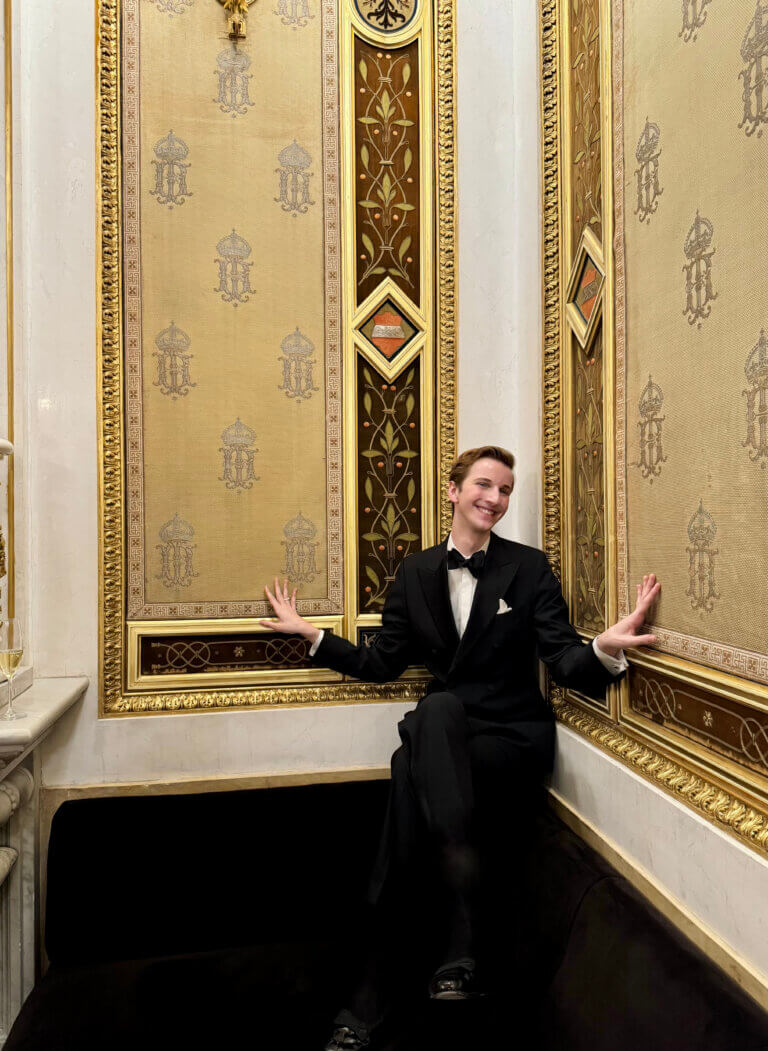
It’s 4:50 PM on a Monday. My driver pulls up in Hanuschgasse and I enter the Heidi Horten Collection. Agnes Husslein-Arco has requested my company for tea. She tells me that the tea room at the Heidi Horten Collection is a homage to the one in the Vienna State Opera. I wonder if she knows how much I love the opera?
Agnes Husslein-Arco is leaving the Heidi Horten Collection at the end of October – together we look back on her life’s work and a remarkable career in the art world. She has already seamlessly joined the Hall of Fame of the great women who have shaped and defined Vienna and the city’s cultural scene for centuries.
SPARK: You have been a defining figure in the art world for many years. What originally drew you to art and what continues to fascinate you about it today?
Agnes Husslein-Arco: Even as a young person, I was fascinated by how art can sharpen our perception and evoke emotions. This passion is certainly also connected to my own family history: my grandfather was the Austrian painter Herbert Boeckl, and I grew up in an environment where art was not an abstract concept but a lived reality. My father significantly influenced my choice of study and encouraged me to study Art History. Already during my studies, through a traineeship in an auction house, I was able to experience how tangible art can be – beyond the academic approach, which seemed very dry to me at the time. This blend of artistic understanding and practical experience shaped my approach to art from the start and still defines my perspective on what I do today.
SPARK: I always regret not having studied Art History. On the one hand, I really miss the academic approach; on the other hand, I’ll be glad when I’ve finished my Business studies. In my family we always collected art. The Heidi Horten Collection is the testament to a deep passion for collecting. What, in your opinion, drives people to collect art?
Agnes Husslein-Arco: The reasons for collecting art are as diverse as the people themselves. Private collections often reflect personal preferences and themes that are important to the collectors. For Heidi Horten, it was primarily the desire to live with the artworks – to have them around her every day and to integrate her joy in art into her own daily life.
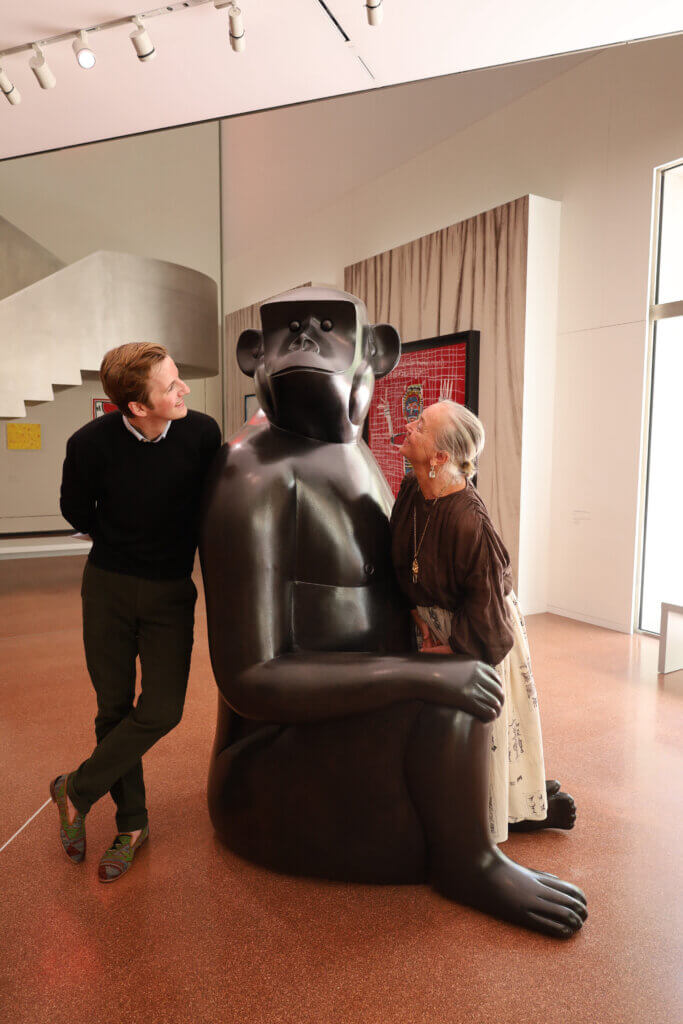
SPARK: When I started studying, I took some furniture from home. My apartment only lacked art and empty walls cause me a certain unease. So I went out and soon found something in a small gallery. In a rush, I bought three large, quite inexpensive works. When the lady asked me if she should frame the works, I said as a matter of course: “Yes, please do!” I insisted on museum glass and did not ask for a cost estimate. I thought to myself – how expensive can it be and one simply doesn’t talk about money. The frames cost me 3 months of my allowance back then, but there was art on the walls and I was happy.
The Heidi Horten Collection comprises works from Classical Modernism to the present day. How does such a breadth come about, and was there a clear vision for building the collection from the beginning?
Agnes Husslein-Arco: The collection grew organically over decades, always with the idea of integrating it into the collector’s private living environment. The collection gained art-historical significance the moment we were able to purchase around 20 icons of modern and contemporary art in one go at an auction in London in the mid-1990s – it was a rush of emotions for both of us, because I was on the phone with Heidi Horten, and every time we won a bid for a work, it was a small highlight. Heidi Horten did not follow a rigid line when building her collection but rather a keen sense of quality 4/8 and relevance. As her advisor, I naturally always kept an eye on the art market and made targeted suggestions – whether thematically suitable or art-historically significant. This is how a collection of international masterpieces, truly unique in Austria, was created.
SPARK: Is there a specific artwork in the Heidi Horten Collection that is particularly close to your heart or holds a special story for you?
Agnes Husslein-Arco: It’s impossible for me to name a single favourite work – the collection unites too many works of great art-historical significance. From Gustav Klimt’s wonderful lake landscape to key Expressionist works or outstanding pieces of the post-war avant-garde to Warhol’s icons, each work tells its own story and marks important turning points in art history. For me, the true fascination lies in the interplay of these works and in the constantly new dialogues they now enter into with each other in the museum context.
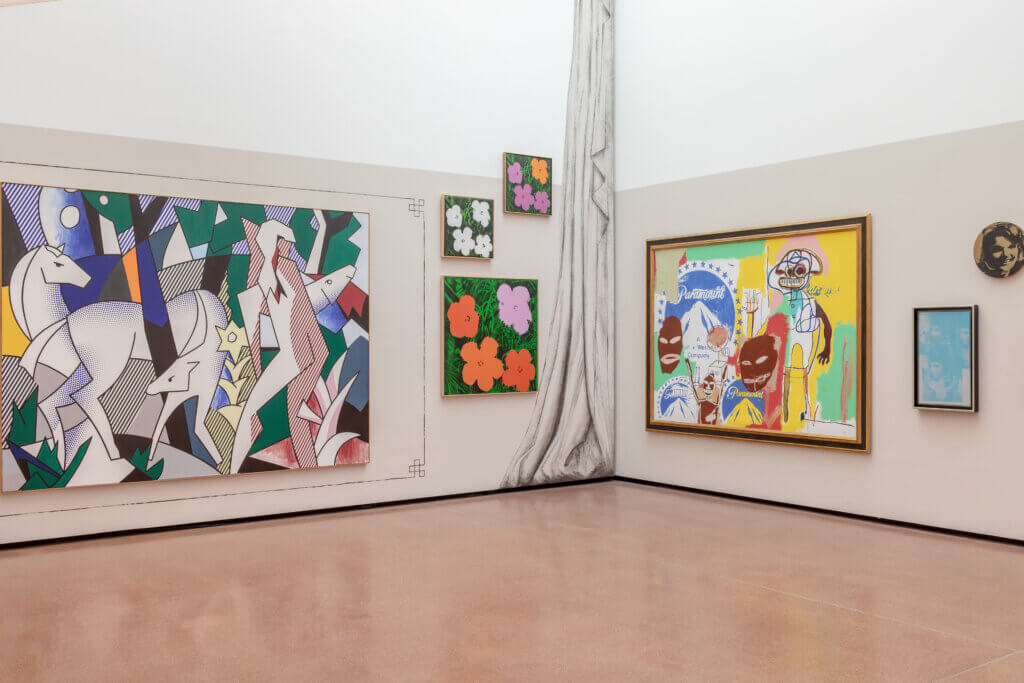
SPARK: What role did you play as director in the further development and growth of the collection? How do you balance the preservation of the existing with the openness to the new?
Agnes Husslein-Arco: As a director, it is essential for me to stay current – to follow the latest developments in the art scene, to exchange views with artists, curators, collectors, and gallerists, and to see new works in the original. This requires a lot of energy, as the art market takes place in many locations simultaneously. In recent years, a particular focus has been on including and promoting female artists who were previously underrepresented in the collection, while also selectively acquiring works that meaningfully complement the collection’s existing strengths. This is how the balance between preservation and further development is achieved.
SPARK: Do you also collect art?
Agnes Husslein-Arco: Yes, for many years – and it is important for me to be surrounded by art every day. For me, it is not just a field of work but a personal passion that inspires me daily.
SPARK: What are the biggest challenges in building and maintaining such an extensive private collection?
Agnes Husslein-Arco: As soon as a private collection reaches a certain dimension, it requires professional care. This includes complete inventorying, regular checking of the stock, and continuous quality assurance. It is also essential to carefully check the provenances of the works, to continue to follow the artistic development of the individual positions, and to understand the specific dynamics of the art market.
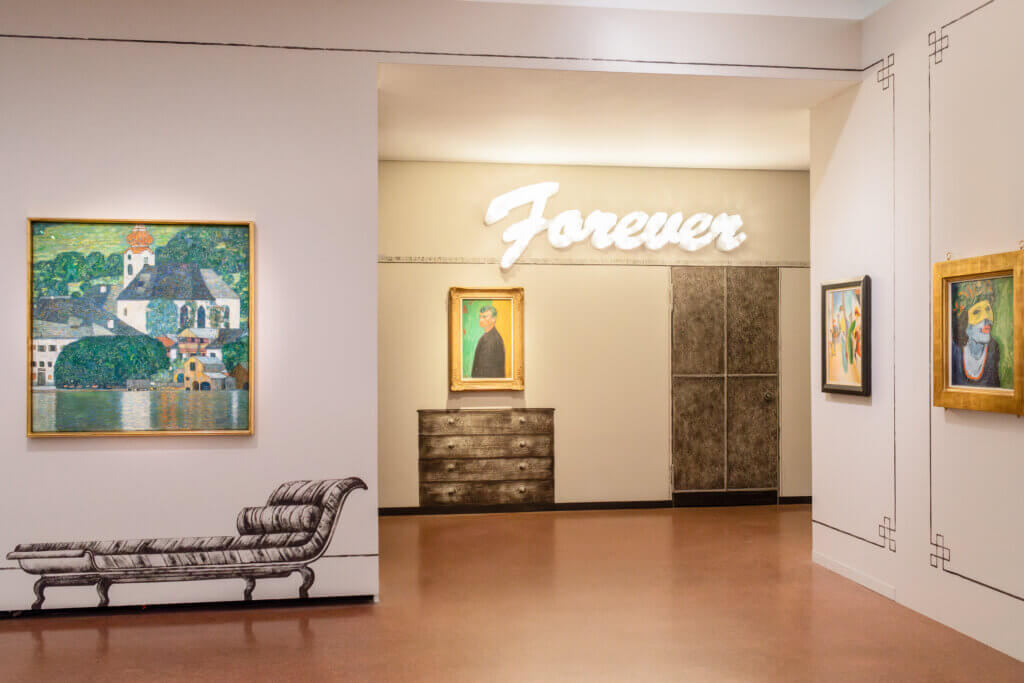
SPARK: What advice would you give to someone who wants to start collecting?
Agnes Husslein-Arco: The most important thing is to learn to see – as often and as much as possible: at art fairs, in exhibitions, in galleries, in studios. Only those who intensively engage with art discover what personally moves them and what constitutes quality. Exactly that should be the foundation of any private collection – because only then does something sustainable emerge.
SPARK: Is there a particular exhibition that has recently impressed you, and what fascinated you about it?
Agnes Husslein-Arco: I was particularly impressed by Anselm Kiefer’s exhibition at the Palazzo Ducale in Venice three years ago. His monumental works in dialogue with the historical architecture unfolded an incredible force – intellectually as well as emotionally. And you?
SPARK: For me, it was Álvaro Urbano’s exhibition, September and the Lions. I entered the gallery and was first happy about some green in grey Berlin. Later, with the reading of the press release, I only then understood and felt as if I were taking a journey through time back to another time of my life. I visited my youth in Berlin again.
If art has the ability to transform us or change our view of the world: Does its true power lie in its aesthetic beauty, its ability to provoke, or its role as a mirror of our society?
Agnes Husslein-Arco: The effect lies in the interplay. Beauty opens, provocation disturbs, the mirror organises – together they can change our perspective and our attitude.
SPARK: How do you personally find balance in your demanding professional life? Are there rituals or hobbies that help you clear your head?
Agnes Husslein-Arco: The most important balance for me is spending time with my family, my grandchildren, and our dogs – preferably in our house in Carinthia, on the beautiful Lake Wörth. There I find peace, and I gain the distance that allows me to return to the museum routine with a fresh perspective.
SPARK: And when you are in Vienna, what is your favourite place in Vienna?
Agnes Husslein-Arco: There are several – besides St. Stephen’s Cathedral, I find the wonderful backyards, like the Deutschordenshaus in the 1st district, magnificent.
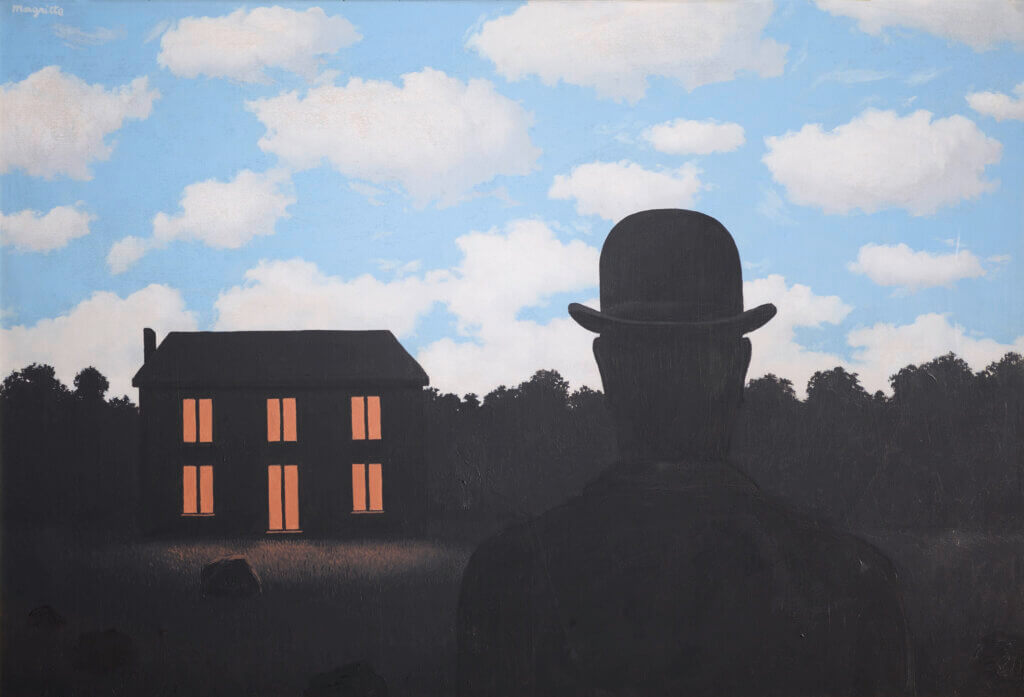
SPARK: Let us talk about art one last time: to what extent is the value of an artwork – be it monetary, emotional, or cultural – a collective construction of our society, and to what extent is it an inherent characteristic of the object itself?
Agnes Husslein-Arco: Value is both: inherent in the work and socially negotiated. Material, mastery, and rarity lend cultural value; discourses, provenance, and visibility influence meaning and price. In the museum, we show this process – by establishing contexts, setting comparisons, and taking quality as a benchmark.
SPARK: To what extent are art collections – both public and private – not only archives of human creativity but also mirrors of the power structures and values of their time?
Agnes Husslein-Arco: Collections are decisions in series: they show what is valued – and what has been overlooked. Public institutions have a mandate, private ones a pace; both need transparency and correction.
SPARK: In my family, I see that art collections can endure beyond one generation. Ars longa, vita brevis. Our collections are the mirrors of our histories, the echo of the one who once acquired them. Then they are passed on, new connections and contexts arise, a work now hangs in a different place and enters into a new dialogue. Sometimes this works well, and a work experiences a metamorphosis, a second or third spring. But sometimes it is also out of place and I think to myself, this red work really belongs in Grandpa’s TV room. What responsibility do we bear as custodians of art for the messages it carries into the future?
Agnes Husslein-Arco: Custodianship means preserving, researching, disclosing – and creating access, both analogue and digital. Not cementing a specific narrative, but rather passing on questions. Ars longa obliges: responsibility before possession.
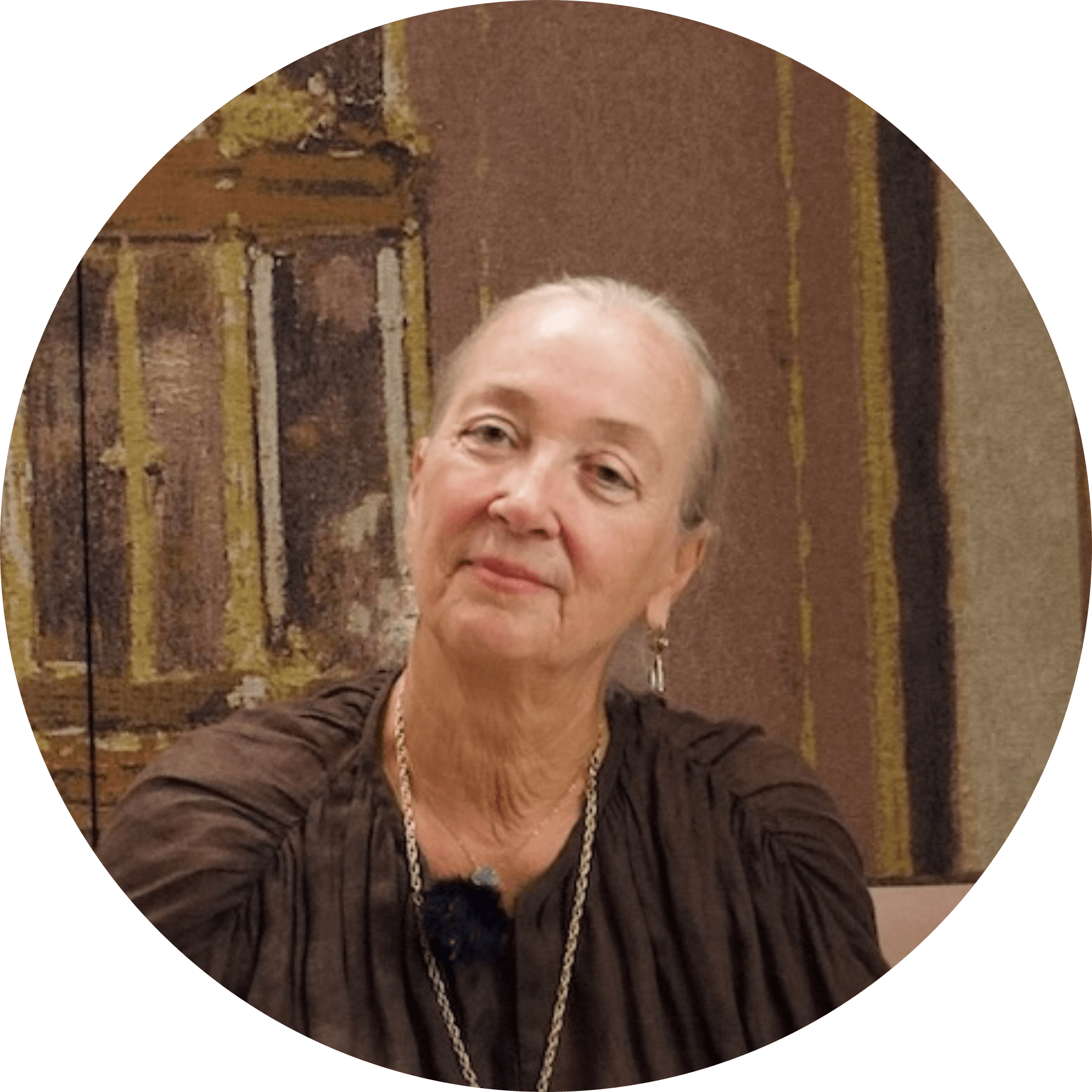
Agnes Husslein-Arco
Art historian and museum director Heidi Horten Collection
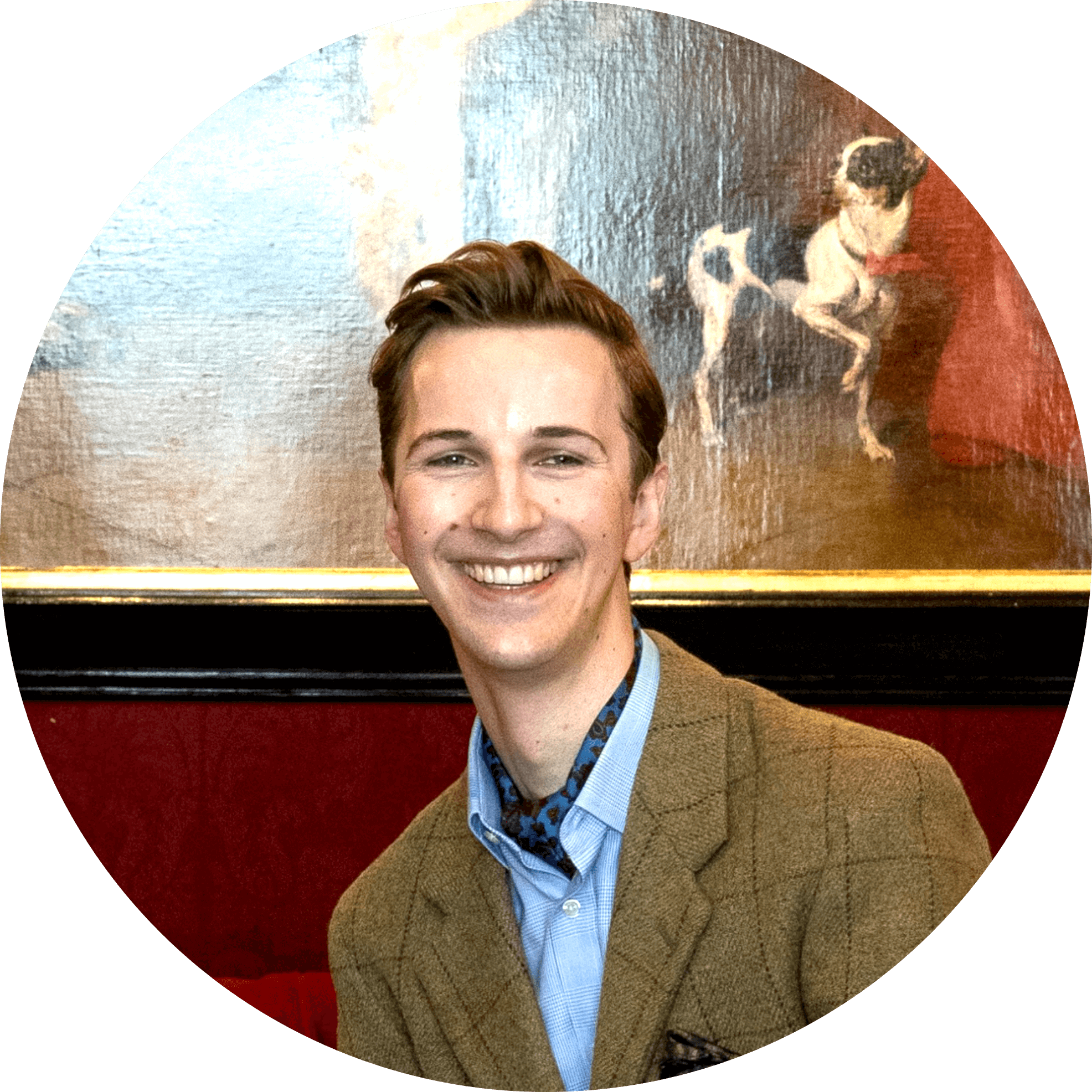
Mark Alexander Grübbeling
Communcation & Social Media SPARK Art Fair Vienna
